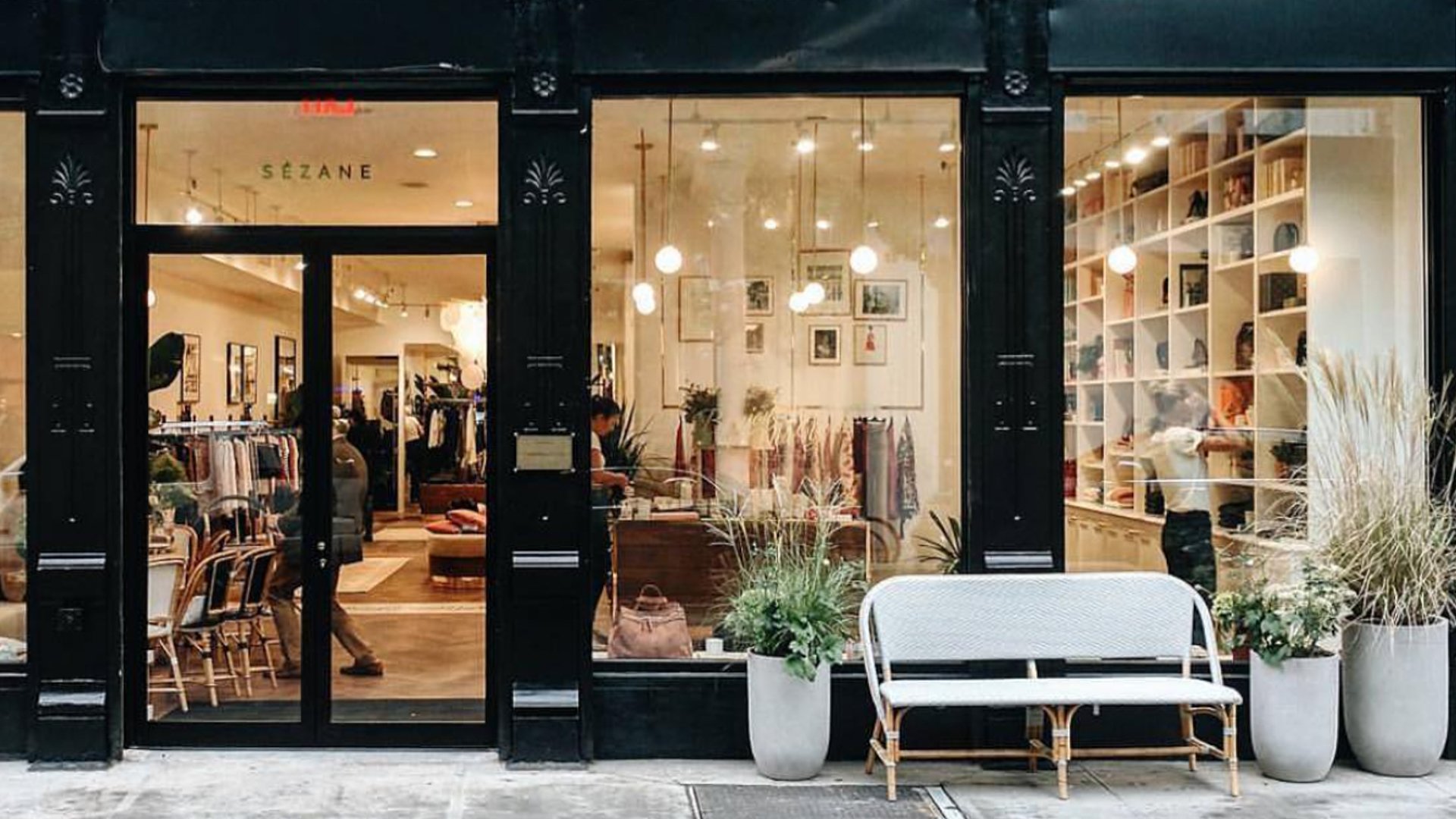The Impact of Social Media on Today's Boutique Fashion Trends
The Impact of Social Media on Today's Boutique Fashion Trends
Blog Article
Exploring the Development and Impact of Apparel on Modern Fashion Trends
The evolution of clothing has actually significantly influenced modern style fads, combining historical precedents with advanced developments. Iconic numbers like Coco Chanel and Yves Saint Laurent changed the style market by introducing concepts that focus on convenience and availability, which continue to resonate today.
Historic Style Influencers
In the tapestry of fashion history, certain numbers have left an indelible mark, forming the patterns and styles that specify whole ages. Coco Chanel, an advanced designer, redefined women's style by introducing comfortable, classy apparel that left from restrictive corsets. Her legendary Chanel fit and little black dress have actually come to be ageless staples in wardrobes worldwide. Christian Dior's post-war "New Look" in 1947, with its event of femininity via full skirts and cinched waists, noted a return to opulence and has continued to influence developers.
Elsa Schiaparelli is one more pivotal number, renowned for her progressive styles that incorporated surrealist art, working together with Salvador Dalí to develop whimsical items that challenged standard aesthetics. Her cutting-edge use color and vibrant patterns reverberates in contemporary style. Yves Saint Laurent, meanwhile, democratized high fashion with prêt-à-porter collections, bringing runway designs to the masses and setting a precedent for modern-day ready-to-wear lines.
These dreamers, among others, not just reinvented style in their times however likewise set sustaining trends that resonate in today's fashion business, providing a foundation upon which modern-day developers continue to innovate and develop. Their heritages emphasize the importance of creativity and daring in vogue's ever-evolving narrative.
Technological Innovations in vogue
Among the vibrant landscape of the garment industry, technological advancements stand at the forefront of development, reshaping exactly how designers produce and consumers engage with fashion. The combination of 3D printing has reinvented style processes, allowing designers to try out complicated structures and sustainable materials that were formerly impossible. This modern technology promotes rapid prototyping, reducing waste and speeding up production times.

Smart fabrics, embedding innovation right into materials, are additionally transforming the market. Innovations like temperature-regulating and self-cleaning fabrics provide boosted functionality and convenience. Wearable technology, integrating attributes like fitness monitoring and interaction, adds a brand-new measurement to fashion, merging aesthetics with functionality.
Cultural Shifts and Design
As technical innovations remain to reshape the fashion business, social changes are just as significant, redefining design and customer choices. In the last few years, the rise of social media platforms has sped up the dissemination of worldwide fashion patterns, permitting diverse cultural impacts to assemble and coexist. This digital interconnectivity has actually helped with the fast exchange of concepts, causing an extra inclusive and eclectic interpretation of style that mirrors the complex nature of modern-day society.
Cultural awareness index and appreciation have Web Site motivated developers to draw inspiration from a broader range of ethnic and historic contexts, incorporating conventional motifs with modern aesthetics. This blend has resulted in style that reverberates with a larger target market, advertising a sense of identification and belonging throughout different demographics. In addition, the boosting demand for customization has driven brands to use adjustable options, making it possible for consumers to share uniqueness while reflecting their social heritage.
Additionally, shifting social values have actually impacted style, with inclusivity and diversity becoming central themes. The market has started to embrace designs and influencers of various body kinds, ethnic backgrounds, and gender identifications, difficult standard appeal standards. This makeover highlights the power of social shifts fit the future of fashion, as design becomes a much more authentic expression of individual and collective identification.
Sustainability and Modern Design
While the style industry remains to develop, the important for sustainability has actually become significantly urgent, influencing modern-day design methods. This change aims to attend to ecological concerns and honest considerations, bring about a reevaluation of conventional manufacturing techniques. Developers are currently incorporating lasting products, such as natural cotton, recycled polyester, and biodegradable materials, into their collections, minimizing the ecological footprint of style. The rise of sluggish style, which emphasizes top quality over amount, encourages consumers to buy timeless pieces instead of short-term trends.
In addition, modern-day layout is identified by its technology in decreasing waste and advertising circularity. Strategies such as zero-waste pattern cutting and 3D knitting are getting grip, enabling designers to create garments with very little textile waste. Additionally, brand names are embracing clear supply chains, making certain liability and promoting consumer count on. This technique not only reduces environmental influence however also enhances the social duty of fashion houses.

Future Trends in vogue

Sustainability will proceed to be a driving force in shaping future style patterns. The industry is significantly embracing environmentally friendly products and honest production approaches, reacting to an expanding consumer need for accountable techniques. Advancements such as bio-fabricated materials and closed-loop recycling systems are readied to redefine exactly how clothes is generated and eaten, decreasing environmental influence while keeping design and quality.
Social shifts, consisting of the increase of inclusivity and variety, will additionally play a critical duty. As society ends up being more knowledgeable about social issues, fashion is anticipated to become a system for expression and change. Developers will likely focus on developing collections that reflect a more comprehensive range of identifications and experiences, promoting depiction and availability.
Verdict
The development of apparel dramatically influences modern-day style patterns, where historic influences merge with contemporary designs. This recurring advancement emphasizes style's function as a mirror to social worths and technical innovation, recommending a future rich with development and inclusivity.
The evolution of clothing has actually dramatically affected contemporary fashion fads, combining historical precedents with sophisticated technologies.Among the dynamic landscape of the fashion market, technological improvements stand at the center of advancement, improving how developers create and customers engage with fashion.While the style market continues to advance, the important for sustainability has come to be progressively urgent, affecting modern design techniques. As sustainability ends up being ingrained in contemporary design, it leads the way for an extra mindful and responsible style industry.
The advancement of clothes significantly affects modern style trends, where historical impacts merge with modern designs.
Report this page